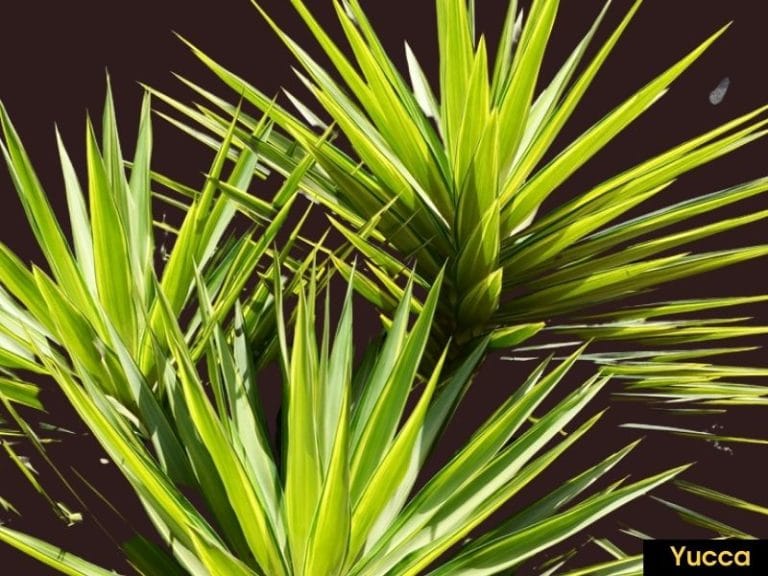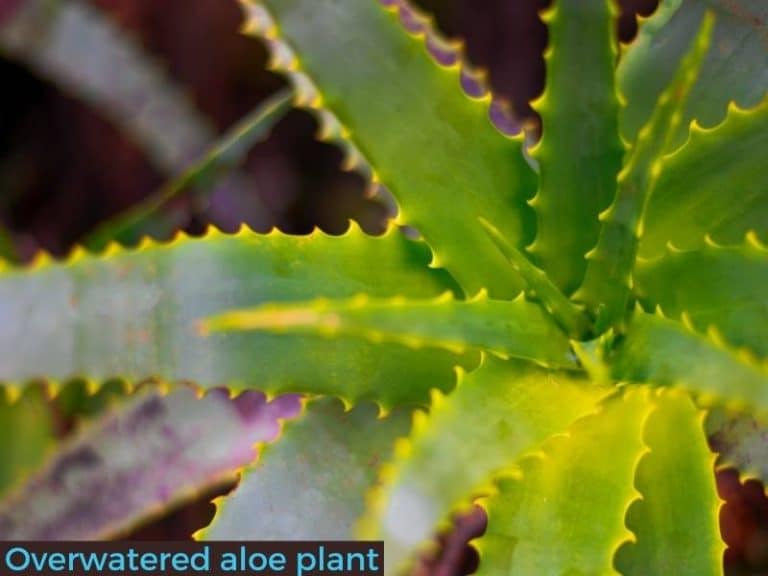How to Cut Aloe Vera Plant Without Killing It (For Gel + Replanting)
When you want to cut an aloe plant for propagation or just to get some gel out of it, you want to make sure you do it safely, or else you can easily kill or stunt its growth. Usually, the best place to start is with a very sharp, sterile knife to prevent injuring the succulent or even spreading diseases. So, how do you cut an aloe plant without killing it?
Cut off mature aloe vera leaves using a sharp knife to allow new and healthy growth to emerge. You can also prune away any discolored, dead, and dry leaves to make the plant to look healthy. If you’re harvesting gel, cut off just a few of the healthiest outermost leaves to avoid killing the plant.
How to cut aloe vera plant without killing it
To cut an aloe without killing it, you’ll need is a sharp knife and a plant with plenty of leaves to spare. Here’s how to prune your aloe plant without damaging it:
Step 1: Cut off mature leaves
Like any other succulent, an aloe plant takes a bit longer to grow. Cutting or trimming should only happen if the plant has mature leaves. It is easy to identify mature leaves because they are larger and heavier than the rest. Some of them might bend outwards, preventing young leaves from growing upright.
Once you’ve pinpointed the leaves, you can start planning how you want to cut them. Ensure you use a sharp knife or pair of serrated scissors to cut the part of the leaf close to the stem. Generously rub alcohol on the blade of the cutting tool to sterilize it. This will prevent the cut part from getting attacked by bacteria or other infections that could destroy it. Using a blunt cutting tool might cause uneven trimming, compromising the plant’s re-growth process.
Step 2: Cut the dead, discolored or dried leaves
Damaged leaves are the ones that have an unusual and abnormal color, texture, and density. Damaged or diseased leaves will have browning or yellowing leaves and other symptoms such as a foul odor, soft and brittle texture, and a droopy look that worsens with time. These symptoms may appear if the aloe vera plant is overwatered, underwatered, or attacked by diseases or pests.
It’s worth noting that dead or damaged leaves also contain sap that can ooze out when they’re cut. Ensure you snip them carefully to prevent healthy ones from getting damaged. It’s more like carefully removing one rotten apple from a basket and leaving the healthy ones.
Step 3: Prune the healthiest leaves
After removing the damaged leaves, prune the healthy ones that are located on the outer edges of the bunch. Only go for the largest and mature leaves since it is easy to harvest gel from them without killing your aloe plant.
When pruning the healthiest leaves, ensure you place the cutting tool as near the plant’s stem as possible. If you have shaky hands, you probably might find the pruning part a bit cumbersome. If the leaves are relatively thicker than the rest, consider using a more robust cutting tool.
Now you are ready to prune the extra strands of the base of the leaf. Now your cut leaves are ready for extraction.
Step 4: Gel out the healthy cut leaves
Gelling aloe vera for topical purposes is easy. All you need is a pair of gloves, a bowl, and a leaf. The gloves are for protecting your hands from the pointed edges.
Using both hands, press the leaf from the top to the bottom where the cut part is. Repeat this as many times as you can get the most out of the leaf. The gel is now ready for use.
How to cut aloe vera leaves for re-planting
To cut aloe leaves without injuring or killing the plant, you’ll need a sharp knife or pair of scissors. You’ll also need a good, fresh potting mix (or garden soil), a pot with enough holes for drainage, and an old but healthy aloe plant that has pups.
The best way to propagate an aloe plant is using offsets, also known as offshoots or pups. When you cut an aloe vera leaf, the new one starts growing from the stem or roots of the parent plant.
The propagation process for aloe starts with sectioning the plant. While replanting can be done any time of the year, it is best to cut the succulent and propagate it in the spring or summer.
1. Identify the healthy pups for butting
You’ll find the pups at the base of the parent plant. Before cutting, ensure you identify the ones which are covered by the parent’s mature leaves. The offshoot should possess few leaves and an independent root system.
2. Separate the plant and pups from the soil
If planted in a pot, remove the plant and wipe off all the soil. Do the same for gardened plants. Ensure you remove them carefully to avoid damaging their root systems.
3. Separate the pup from the parent plant
Using a sharp cutting tool, cut the pup free from the mother plant without interfering with the roots.
4. Inspect the offshoot’s roots for injury or damage
Examine the pup’s root system for injury or damage and remove them if necessary. The parent’s root system should also be inspected for any damage.
5. Propagate the offset in a pot with well-drained soil
When re-planting the pups, be careful not to place the roots deep into the pot. This helps their roots to adjust to the new changes that the soil brings. Only when the pup has healed should you start watering it.
6. Replant the parent plant back into its pot
Assuming the mother plant’s root system has already grown more extended, it would be best to re-plant it in a bigger pot. Make sure you place the root in the same depth as its original pot.
Offshoots thrive by deriving water and nutrients from the parent plant until their roots acclimatize. With time, you should see the young plant growing outwards and more independently in between connected plants. Some aloe species can be propagated by seeding, but they can also do well through their pups.
It takes a few years for an aloe plant to give birth to offsets. The more mature and healthier the aloe is, the better pups it will produce. The trick is to water it periodically and place it in a place with sufficient sunlight. Beware that the sun’s heat can burn the leaves of the aloe plant. So, if you’re planning to place it on the balcony, ensure you position the pot under a shade.
Does aloe vera grow back after cutting it?
It is unlikely for aloe vera leaves to regenerate. However, the plant compensates for this by allowing the pups’ leaves to occupy the position of the cut leaves. Provided you cut the leaves less frequently, the plant won’t die. A more straightforward hack to ensuring the plant grows in the right way is by trimming the older leaves. This allows the plant to effectively utilize the energy and resources necessary for its new growth and helps it grow stronger and healthier.




